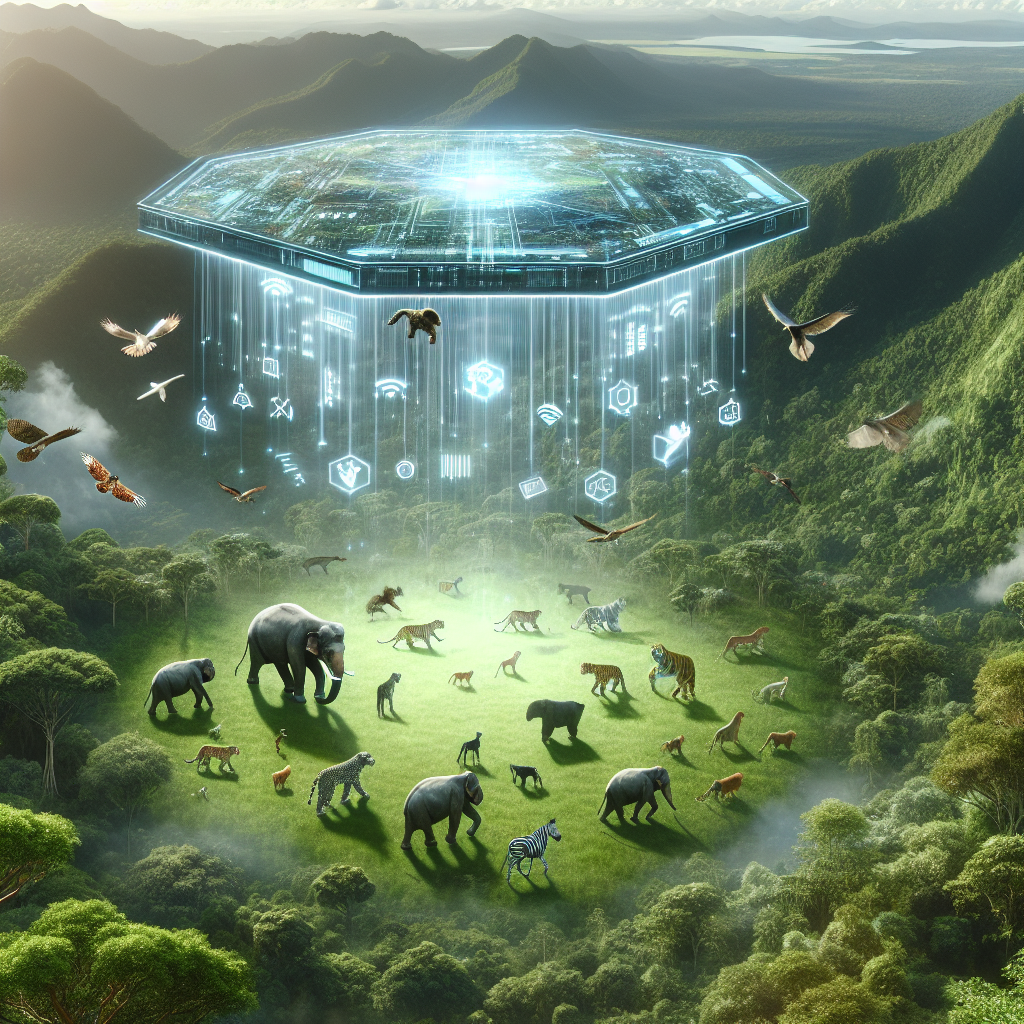Introduction
Artificial intelligence (AI) platforms have revolutionized many industries, including wildlife conservation. These advanced technologies are being used to monitor, track, and protect endangered species, as well as to predict and prevent threats to wildlife populations. In this article, we will explore the impact of AI platforms on wildlife conservation and how they are helping to preserve our planet’s biodiversity.
The Role of AI in Wildlife Conservation
AI platforms are being used in a variety of ways to aid in wildlife conservation efforts. One of the most common uses of AI in this field is for monitoring and tracking endangered species. For example, researchers are using AI-powered drones to track the movement of animals in their natural habitats, allowing them to gather valuable data on population sizes, migration patterns, and behavior. This information is crucial for developing effective conservation strategies and protecting vulnerable species.
AI platforms are also being used to identify and classify species in the wild. By analyzing images and videos captured by cameras placed in remote locations, AI algorithms can accurately identify animals and differentiate between different species. This technology is particularly useful for monitoring elusive or rare animals that are difficult to study using traditional methods.
In addition to monitoring and tracking, AI platforms are also being used to predict and prevent threats to wildlife populations. By analyzing environmental data and historical trends, AI algorithms can identify potential risks to ecosystems and wildlife, such as habitat loss, climate change, poaching, and disease outbreaks. Armed with this information, conservationists can take proactive measures to mitigate these threats and protect vulnerable species.
Overall, AI platforms are revolutionizing wildlife conservation by providing researchers and conservationists with powerful tools to monitor, track, and protect endangered species. These technologies are helping to improve our understanding of wildlife populations and ecosystems, leading to more effective conservation strategies and ultimately, a brighter future for our planet’s biodiversity.
Case Studies
There are numerous examples of AI platforms making a positive impact on wildlife conservation around the world. One notable case is the use of AI-powered drones to monitor and protect endangered rhinos in Africa. By equipping drones with thermal imaging cameras and AI algorithms, researchers are able to track the movement of rhinos in real-time, detect poachers, and prevent illegal hunting activities. This technology has been instrumental in reducing poaching rates and safeguarding rhino populations in the region.
Another example is the use of AI platforms to monitor and study marine wildlife, such as whales and dolphins. Researchers are using AI algorithms to analyze underwater acoustic data collected from hydrophones, allowing them to identify and track marine mammals in the ocean. This technology is helping scientists better understand the behavior and population dynamics of these animals, leading to more effective conservation measures to protect them from threats such as ship strikes and noise pollution.
FAQs
Q: How accurate are AI algorithms in identifying species in the wild?
A: AI algorithms have been shown to be highly accurate in identifying species in the wild, with some studies reporting accuracy rates of over 90%. However, the performance of these algorithms can vary depending on the quality of the data and the complexity of the species being classified. Researchers are continually refining and improving AI algorithms to enhance their accuracy and reliability in identifying wildlife species.
Q: Are AI platforms replacing traditional conservation methods?
A: AI platforms are not replacing traditional conservation methods but rather complementing them. These technologies are providing researchers and conservationists with valuable tools to enhance their monitoring and protection efforts, leading to more efficient and effective conservation strategies. Traditional methods such as field surveys, camera trapping, and radio telemetry are still essential for wildlife conservation, but AI platforms are helping to augment and enhance these techniques.
Q: How can I get involved in using AI for wildlife conservation?
A: There are several ways to get involved in using AI for wildlife conservation. One option is to volunteer with organizations and research projects that are using AI technologies for wildlife monitoring and protection. You can also pursue a career in conservation biology, ecology, or computer science with a focus on AI applications in wildlife conservation. Additionally, you can support conservation initiatives and research projects that are leveraging AI platforms to protect endangered species and ecosystems.
Conclusion
AI platforms are playing a critical role in wildlife conservation by providing researchers and conservationists with powerful tools to monitor, track, and protect endangered species. These advanced technologies are revolutionizing the way we understand and safeguard biodiversity, leading to more effective conservation strategies and ultimately, a brighter future for our planet’s wildlife. By harnessing the power of AI, we can work towards preserving our natural world for future generations to enjoy.

